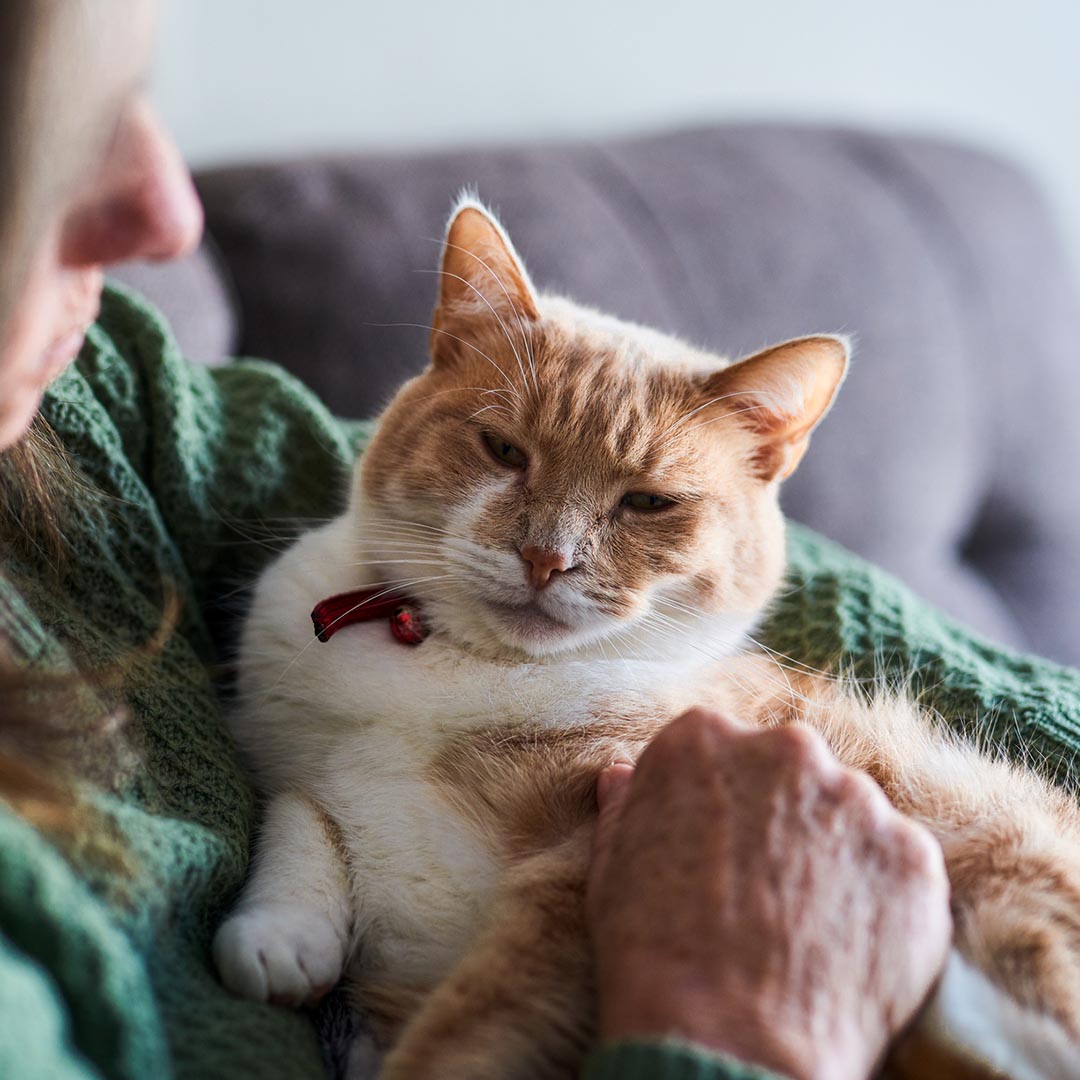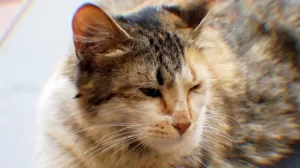
As pet owners, the bond we share with our cats and dogs is indescribable. Witnessing our furry friends age and eventually approach the end of their lives is a heart-wrenching experience. It’s important, however, to be attuned to the signs that indicate when our pets may be nearing the end of life. Recognizing these signals allows us to provide the comfort and care our pets deserve in their final moments. In this article, we’ll explore the subtle signs that may indicate your beloved cat or dog is reaching the end of their life.
Changes in Appetite and Weight Loss
One of the early indicators that a pet may be nearing the end of life is a significant change in appetite. While some animals may lose interest in food altogether, others may experience a decrease in appetite and subsequent weight loss. Sudden weight loss, especially when not accompanied by changes in diet or exercise, can be a cause for concern.
Decreased Energy Levels and Activity
As pets age, it’s natural for them to slow down. However, a noticeable decrease in energy levels and a reluctance to engage in activities they once enjoyed may signal that your pet is approaching the end of life. Pay attention to changes in mobility, reluctance to play, or an overall lethargic demeanor.
Changes in Breathing and Respiratory Function
Monitoring your pet’s respiratory function is crucial in gauging their overall health. Labored breathing, coughing, or a persistent struggle to catch their breath may indicate respiratory issues associated with aging or underlying health conditions. Difficulty breathing can be a significant sign that your pet is nearing the end of their life.
Changes in Elimination Habits
Changes in your pet’s bathroom habits, including frequency, difficulty, or incontinence, may be indicative of underlying health issues. Pay close attention to any signs of discomfort, straining during elimination, or changes in the color and consistency of their stools or urine. These changes can be indicative of organ failure or other end-of-life conditions.
Persistent Pain or Discomfort
Pets may not be able to vocalize their pain, but changes in behavior can indicate their discomfort. If your pet displays signs of persistent pain, such as whimpering, restlessness, or an unwillingness to be touched, it’s essential to consult with a veterinarian. Palliative care or pain management options may help improve your pet’s quality of life during their final days.

Changes in Coat and Skin Condition
The condition of your pet’s coat and skin can be reflective of their overall health. A dull or matted coat, changes in fur texture, or the development of lumps and bumps may signal underlying health issues. Skin conditions, including lesions or wounds that don’t heal, can be signs that your pet is facing end-of-life challenges.
Cognitive Changes and Confusion
Senior pets, like humans, may experience cognitive decline as they age. Signs of confusion, disorientation, forgetfulness, or changes in sleep patterns can be indicative of conditions like dementia. While not necessarily life-threatening on its own, cognitive decline can contribute to a pet’s overall decline in health and well-being.
Changes in Hydration
Dehydration is a common concern in aging pets, especially if they have difficulty accessing water due to mobility issues or other health conditions. Keep an eye on your pet’s water intake and be vigilant about providing fresh water. Signs of dehydration include dry gums, sunken eyes, and lethargy.
Unresponsive or Limited Response to Treatment
If your pet is receiving medical treatment for a chronic or terminal condition and shows little to no improvement, it may be an indication that their body is no longer responding to interventions. In such cases, it’s essential to have open and honest discussions with your veterinarian about the most compassionate and supportive care for your pet.
Changes in Social Behavior
Pets are known for their affectionate and social nature. If your once-social pet becomes withdrawn, avoids interaction, or seeks solitude, it may be a sign that they are not feeling well. Conversely, some pets may seek more attention and comfort in their final days, displaying a heightened need for human companionship.
Recognizing the signs that your pet is nearing the end of life is a difficult but important aspect of being a responsible and compassionate pet owner. While these signs can be distressing, they provide an opportunity for you to ensure your beloved cat or dog receives the love, comfort, and care they deserve in their final moments. Consulting with a veterinarian and discussing end-of-life care options, including palliative care and euthanasia, can help you make informed decisions that prioritize your pet’s well-being and dignity in their final chapter.







